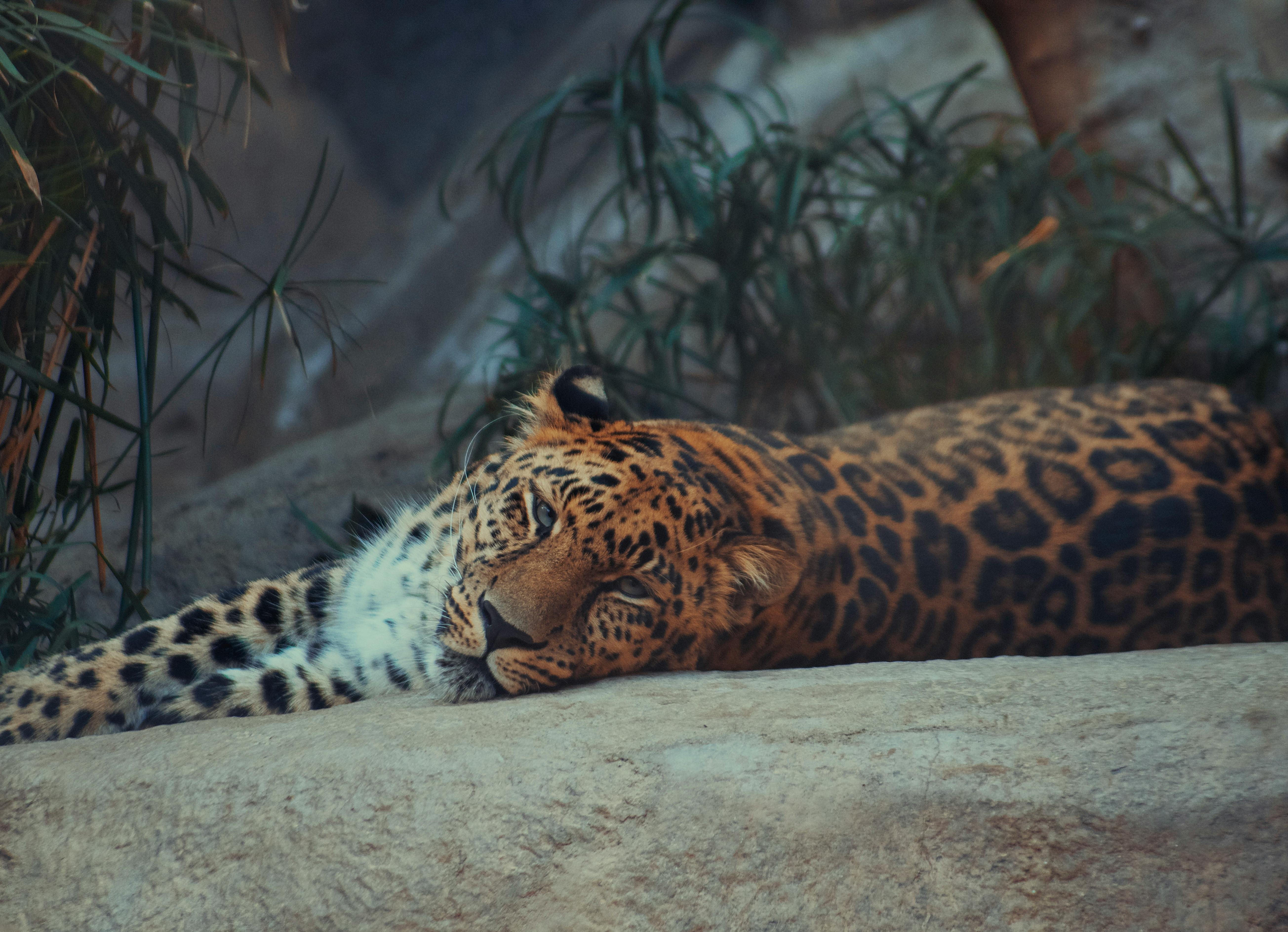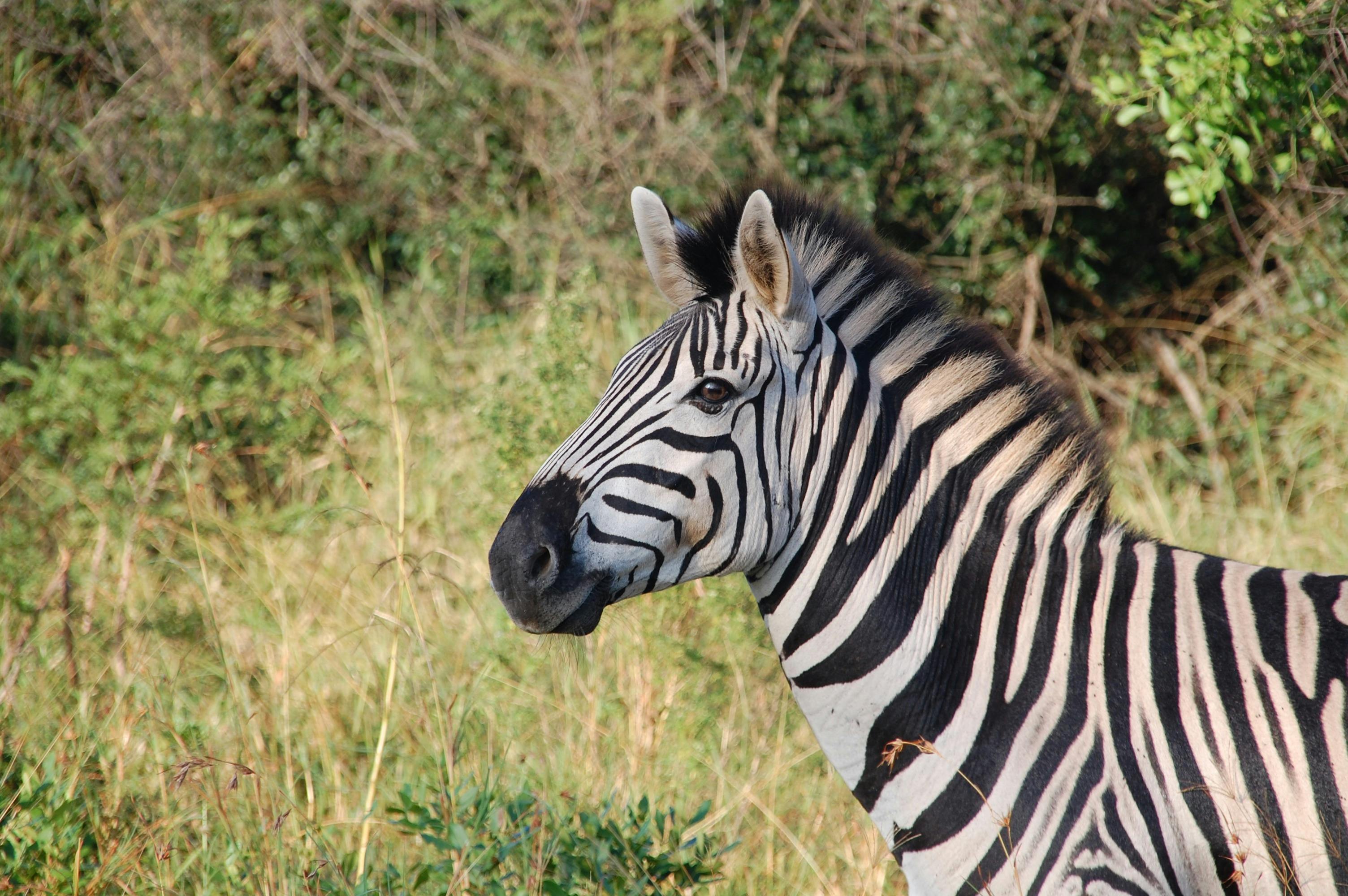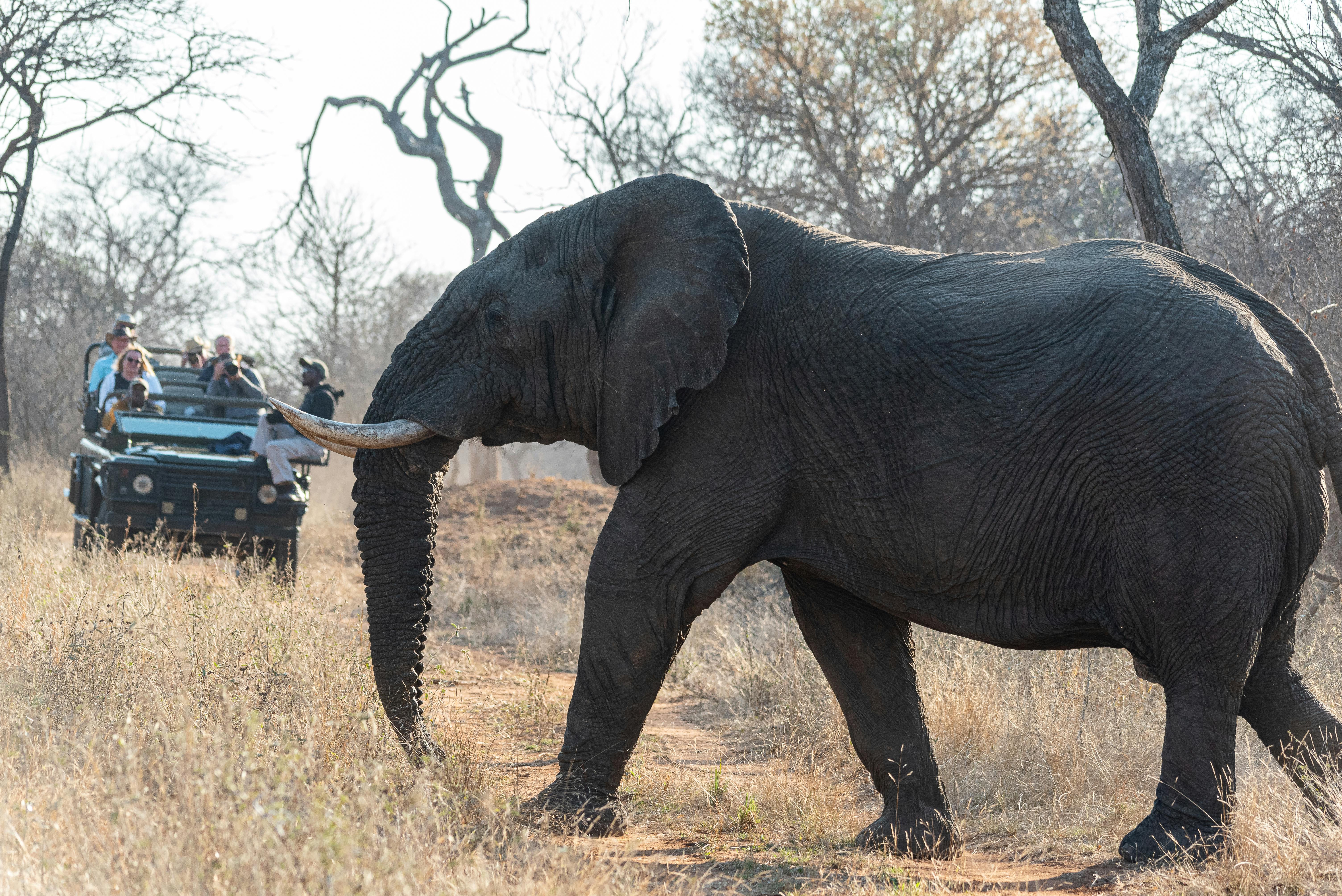


Kidepo Valley National Park is one of Uganda’s most spectacular and remote parks tucked in the northeastern corner bordering Kenya and South Sudan. The park covers an area of 1,442 square kilometers and has an altitude ranging between 914m and 2750m. Kidepo Valley harbors scenery that is not in any other parks in East Africa. The park has a semi-arid climate with one rainy season year in the months of April – September.
The park has two rivers i.e. Narus River and Kidepo River and the two rivers are seasonal. This means that in the dry season they dry out, as such the only water in the park is in the wetlands and remnant pools along the Narus valley. Stroll along the Kidepo River in the dry season and enjoy its 50m bed of white sand between banks covered by borassus palm trees. You will be surprised to find heavily flowing rivers during the rainy season, such a unique setting, and a ‘beach’ during the dry season.

The park is rich in birdlife with 465 bird species some of which are only in Kidepo valley national park and the Karamoja region in Uganda. The birds to look out for include; Ostrich, Secretary bird, little green bee-eater, Kori bustard, Pygmy falcon and Karamoja Apalis. Kidepo is notable for its 58 species of prey including the Verreaux’s eagle, Egyptian vulture, and pygmy falcon and 14 of these are believed to be endemic to Kidepo and Karamoja region.
Apoka Tourism Centre – Great views overlooking the game rich narus valley.
Kidepo Valley – stroll along 50m wide bed of white sands between the banks in the dry season, in the rainy season it is a river.
Kanangorok Hot Springs – good picnic place with impressive views of the mountains. The biggest attraction is the ostriches that roam the area.
Mount Morungule – home to the IK people, smallest ethnic group in Uganda.
Namamukweny Valley – meaning ‘a place with no birds’ even though it is inhabited with lots of birds including the Eastern paradise-whydah, white-crested turaco, Abyssinian roller, green wood hoopoe and common bulbul among others.
Lamoj Hills – Great spot for viewing the mountain reedbuck among other wildlife

Birding is a pleasure in Kidepo valley national park. The bird count in the park is at 465 bird species. Start from the Apoka rest camp and proceed to the fringes of the Narus and Namamukweny valleys. The park being savannah, it is easy to spot the birds as you move along. Birding is best in the morning or evening but one is free to spend the entire day with packed lunch in the park. The species of interest include; Clapperton’s Francolin, Purple Heron, Karamoja Apalis, Abyssinian Ground Hornbill, Abyssinian Roller, Eurasian Roller, Helmeted Guinea fowl, and several birds of prey.
All the different mountains in and outside Karamoja can be hiked but the most common hikes are to Lamoj mountains. It takes about 4 hours to hike and to start early morning before the heat picks up. Nature walks are available and they take 2 hours (Narus valley from Apoka tourism center) which is 5km. One can take 6 hours to Namamukweny valley for the beautiful scenery.
The Karamoja region has rich cultures of the Karimajong and Ik tribe. The Ik tribe is the most isolated tribes in Uganda living on top of Morungole Mountain. It is an extremely strenuous all day hike to visit this endangered people group. They are largely peaceful hunter-gatherers who have retreated to the mountains for protection from the neighboring cattle-raiding tribes. A visit to the Karimajong homesteads will give you a glimpse into their pastoral lifestyles, partake of the food, join the dancing, and purchase the crafts like knives, arrows, jewellery, and stools.
The journey from Kampala is long but rewarding as you move along the different vegetation and tribal lands.
Kampala – Mbale – Soroti – Moroto – Kidepo OR Kampala – Mbale – Sironko – Kotido – Kaabong – Kidepo OR Kampala – Gulu – Kitgum – Kidepo
You can also take scheduled or chartered flight from Entebbe to Kidepo.